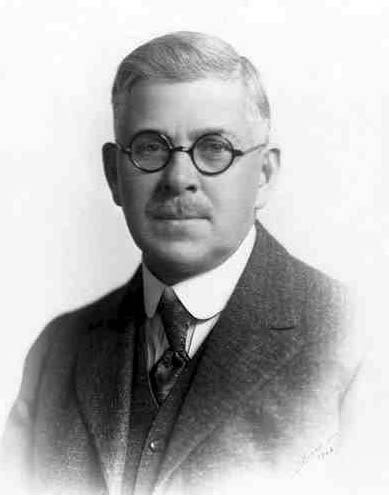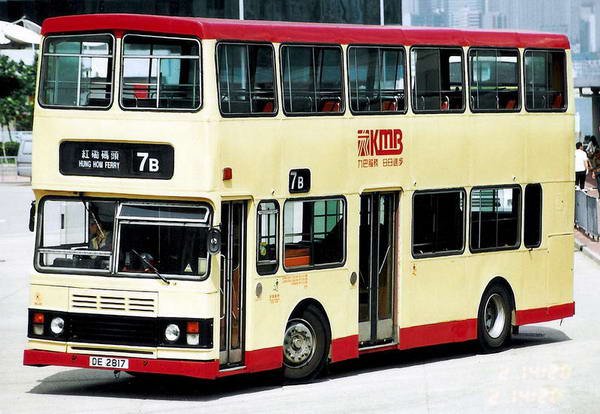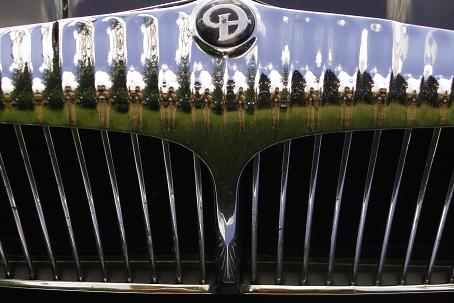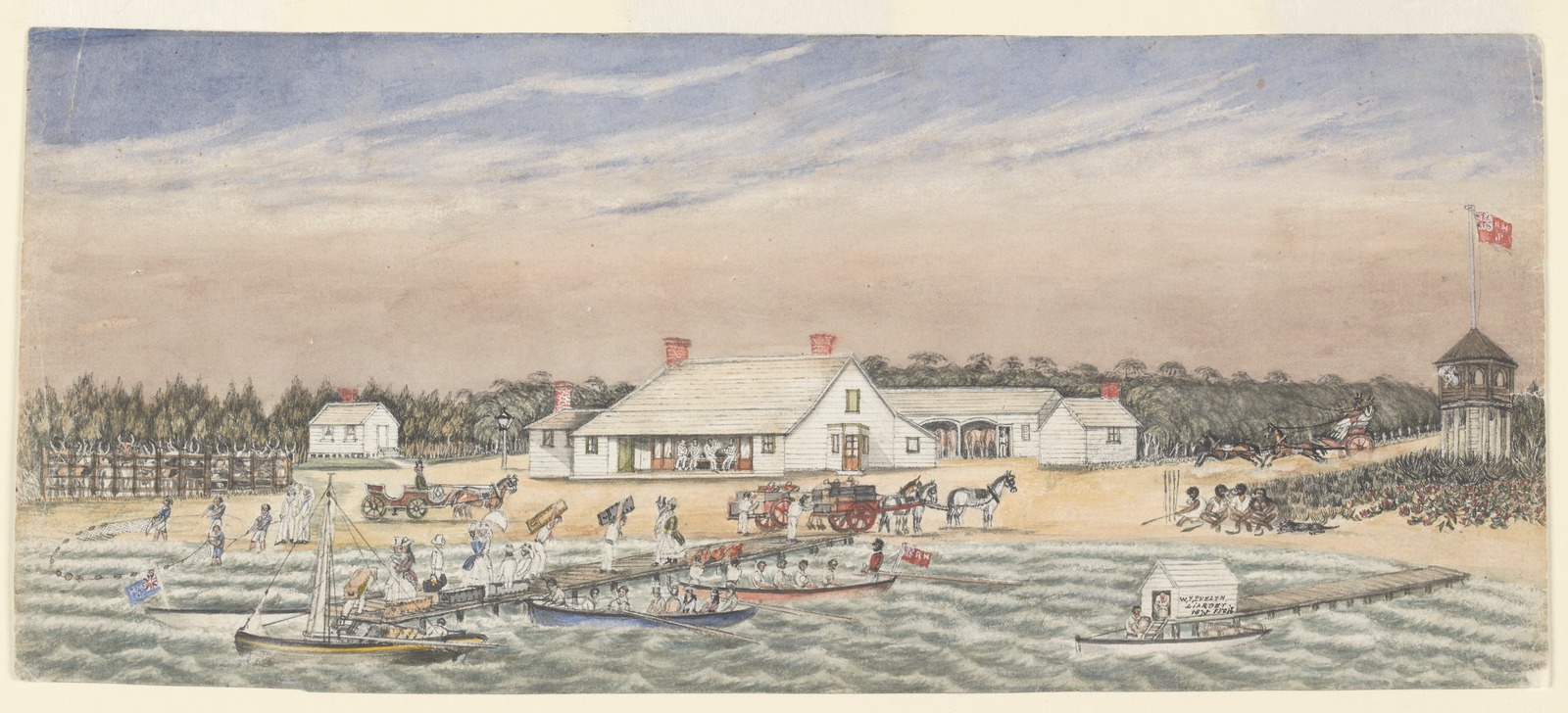|
Melbourne-Brighton Bus Lines
Melbourne-Brighton Bus Lines was an Australian bus and coach operator in Melbourne. History Melbourne-Brighton Bus Lines was formed in 1954 when a multitude of operators who operated route 1 Gardenvale to Melbourne City Centre and 2 Middle Brighton to Melbourne City Centre combined. A depot was established in Brighton to house the 24 vehicle fleet."Melbourne - Brighton Bus Lines" ''Australian Bus Panorama'' 8/4 December 1992 pages 4-17 In September 1958 route 140A Middle Brighton to St Kilda station was purchased from Eastern Suburbs Omnibus Service. In 1959 the depot was relocated to Elwood. In 1971 routes 140A, 1 and 2 were renumbered 600-602. Short journeys to Beach Avenue and Head Street were renumbered 603 and 604. In March 1979 the Denning service agency and spare parts agency was gained. A coach operation was founded under the Melbright Coaches brand. In April 1985 the route operations were sold to the Metropolitan Transit Authority with 37 buses. The Melbright Coa ... [...More Info...] [...Related Items...] OR: [Wikipedia] [Google] [Baidu] |
Melbourne
Melbourne ( ; Boonwurrung/Woiwurrung: ''Narrm'' or ''Naarm'') is the capital and most populous city of the Australian state of Victoria, and the second-most populous city in both Australia and Oceania. Its name generally refers to a metropolitan area known as Greater Melbourne, comprising an urban agglomeration of 31 local municipalities, although the name is also used specifically for the local municipality of City of Melbourne based around its central business area. The metropolis occupies much of the northern and eastern coastlines of Port Phillip Bay and spreads into the Mornington Peninsula, part of West Gippsland, as well as the hinterlands towards the Yarra Valley, the Dandenong and Macedon Ranges. It has a population over 5 million (19% of the population of Australia, as per 2021 census), mostly residing to the east side of the city centre, and its inhabitants are commonly referred to as "Melburnians". The area of Melbourne has been home to Aboriginal ... [...More Info...] [...Related Items...] OR: [Wikipedia] [Google] [Baidu] |
Driver Group
Driver Group is a bus and coach operator in Melbourne, Australia. In July 2013 the five bus routes it operated were sold to CDC Victoria and was rebranded CDC Melbourne afterwards. History Driver Brothers was formed in March 1931, when Eric and Reg Driver built two 7 seat Pontiacs and began operating a service from Glen Iris railway station to Camberwell. In the 1960s the route was extended to the new Chadstone Shopping Centre. In 1962 the operation was renamed Driver Bus Lines and at the end of the decade Eric's two sons, Daryl and Gary, joined the business.About Us Driver Group In 1970, Driver Bus Lines diversified into the coach market and in January 1978 purchased the Camberwell to Box Hill service from RW Curren. In 1986 Shave Bus Se ... [...More Info...] [...Related Items...] OR: [Wikipedia] [Google] [Baidu] |
Bus Transport In Melbourne
A bus (contracted from omnibus, with variants multibus, motorbus, autobus, etc.) is a road vehicle that carries significantly more passengers than an average car or van. It is most commonly used in public transport, but is also in use for charter purposes, or through private ownership. Although the average bus carries between 30 and 100 passengers, some buses have a capacity of up to 300 passengers. The most common type is the single-deck rigid bus, with double-decker and articulated buses carrying larger loads, and midibuses and minibuses carrying smaller loads. Coaches are used for longer-distance services. Many types of buses, such as city transit buses and inter-city coaches, charge a fare. Other types, such as elementary or secondary school buses or shuttle buses within a post-secondary education campus, are free. In many jurisdictions, bus drivers require a special large vehicle licence above and beyond a regular driving licence. Buses may be used for scheduled bu ... [...More Info...] [...Related Items...] OR: [Wikipedia] [Google] [Baidu] |
Bus Companies Of Victoria (Australia)
A bus (contracted from omnibus, with variants multibus, motorbus, autobus, etc.) is a road vehicle that carries significantly more passengers than an average car or van. It is most commonly used in public transport, but is also in use for charter purposes, or through private ownership. Although the average bus carries between 30 and 100 passengers, some buses have a capacity of up to 300 passengers. The most common type is the single-deck rigid bus, with double-decker and articulated buses carrying larger loads, and midibuses and minibuses carrying smaller loads. Coaches are used for longer-distance services. Many types of buses, such as city transit buses and inter-city coaches, charge a fare. Other types, such as elementary or secondary school buses or shuttle buses within a post-secondary education campus, are free. In many jurisdictions, bus drivers require a special large vehicle licence above and beyond a regular driving licence. Buses may be used for scheduled bus ... [...More Info...] [...Related Items...] OR: [Wikipedia] [Google] [Baidu] |
REO Motor Car Company
The REO Motor Car Company was a company based in Lansing, Michigan, which produced automobiles and trucks from 1905 to 1975. At one point, the company also manufactured buses on its truck platforms. Ransom E. Olds was an entrepreneur who founded multiple companies in the automobile industry. In 1897 Olds founded Oldsmobile. In 1905 Olds left Oldsmobile and established a new company, REO Motor Car Company, in Lansing, Michigan. Olds had 52% of the stock and the titles of president and general manager. To ensure a reliable supply of parts, he organized a number of subsidiary firms, like the National Coil Company, the Michigan Screw Company, and the Atlas Drop Forge Company. Originally the company was to be called "R. E. Olds Motor Car Company", but the owner of Olds' previous company, then called Olds Motor Works, objected and threatened legal action on the grounds of likely confusion of names by consumers. Olds then changed the name to his initials. Olds Motor Works soon adopted t ... [...More Info...] [...Related Items...] OR: [Wikipedia] [Google] [Baidu] |
Leyland Bus
Leyland Bus was a British bus and train manufacturer. It emerged from the Rover Group (formerly ''British Leyland'') as a management buyout of the bus business. It was subsequently acquired by Volvo Buses in 1988 and the Leyland name disappeared in 1993. History * 1896 Formed as the Lancashire Steam Motor Company. * 1907 Name changed to Leyland Motors. * 1968 Merger with British Motor Holdings to form British Leyland Motor Corporation (BLMC). * 1975 BLMC was nationalised and became British Leyland (BL). * 1986 BL changed its name to Rover Group. * 1987 The bus business of ''Rover Group'' became independent as ''Leyland Bus'' following a management buyout. * 1988 The business was acquired by Volvo Buses Volvo Buses (Volvo Bus Corporation / formal name: ''Volvo Bussar AB'') (stylized as VOLVO) is a subsidiary and a business area of the Swedish vehicle maker Volvo, which became an independent division in 1968. It is based in Gothenburg. It is on .... * 1993 Volvo discont ... [...More Info...] [...Related Items...] OR: [Wikipedia] [Google] [Baidu] |
Daimler Company
The Daimler Company Limited ( ), prior to 1910 The Daimler Motor Company Limited, was an independent British motor vehicle manufacturer founded in London by H. J. Lawson in 1896, which set up its manufacturing base in Coventry. The company bought the right to the use of the Daimler name simultaneously from Gottlieb Daimler and Daimler-Motoren-Gesellschaft of Cannstatt, Germany. After early financial difficulty and a reorganisation of the company in 1904, the Daimler Motor Company was purchased by Birmingham Small Arms Company (BSA) in 1910, which also made cars under its own name before the Second World War. In 1933, BSA bought the Lanchester Motor Company and made it a subsidiary of Daimler Company. Daimler was awarded a Royal Warrant to provide cars to the British monarch in 1902; it lost this privilege in the 1950s after being supplanted by Rolls-Royce. Daimler occasionally used alternative technology: the Knight engine which it further developed in the early twenti ... [...More Info...] [...Related Items...] OR: [Wikipedia] [Google] [Baidu] |
Bedford Vehicles
Bedford Vehicles, usually shortened to just Bedford, was a brand of vehicle manufactured by Vauxhall Motors, then a subsidiary of multinational corporation General Motors. Established in April 1931, Bedford Vehicles was set up to build commercial vehicles. The company was a leading international lorry brand, with substantial export sales of light, medium, and heavy lorries throughout the world. Bedford's core heavy trucks business was divested by General Motors (GM) as AWD Trucks in 1987, whilst the Bedford brand continued to be used on light commercial vehicles and car-derived vans based on Vauxhall/ Opel, Isuzu and Suzuki designs. The brand was retired in 1991. The van manufacturing plant of Bedford, now called GM Manufacturing Luton, is now owned and operated by Stellantis, following Vauxhall's acquisition by PSA Group in 2017. History Until 1925, General Motors assembled trucks in Britain from parts manufactured at its Canadian works. This enabled them to import veh ... [...More Info...] [...Related Items...] OR: [Wikipedia] [Google] [Baidu] |
Austral (bus Manufacturer)
Austral was an Australian bus manufacturer in Geebung, Brisbane. History Austral was originally formed as Athol Hedges. It was later renamed Domino Hedges, then Domino before becoming Austral in 1982 when purchased by the Australian Manufacturing Group. It originally bodied buses diversifying into integral buses and coaches (body and chassis) in the 1970s. In December 1988 Austral was sold to JRA Limited who also owned Denning, Austral's largest rival in the coach market. Both continued to operate separately until 1990 when the Denning plant in Acacia Ridge was closed and production transferred to the Austral factory. From 1992 the combined business was rebranded as Austral Denning. In July 1996, along with JRA's other bus bodybuilding operations, it was sold to the Clifford Corporation and rebranded Austral Pacific. This resulted in Ansair Orana Volvo B10BLE buses being bodied at Geebung for Brisbane Transport Transport for Brisbane, previously called Brisbane Transpo ... [...More Info...] [...Related Items...] OR: [Wikipedia] [Google] [Baidu] |
Port Melbourne, Victoria
Port Melbourne is an inner-city suburb in Melbourne, Victoria, Australia, south-west of Melbourne's Central Business District, located within the Cities of Melbourne and Port Phillip local government areas. Port Melbourne recorded a population of 17,633 at the 2021 census. The area to the north of the West Gate Freeway is located within the City of Melbourne, with The area to the south located within the City of Port Phillip. The suburb is bordered by the shores of Hobsons Bay and the lower reaches of the Yarra River. Port Melbourne covers a large area, which includes the distinct localities of Fishermans Bend, Garden City and Beacon Cove. Historically it was known as Sandridge and developed as the city's second port, linked to the nearby Melbourne CBD. The formerly industrial Port Melbourne has been subject to intense urban renewal over the past three decades. As a result, Port Melbourne is a diverse and historic area, featuring industrial and port areas along the Yarra, ... [...More Info...] [...Related Items...] OR: [Wikipedia] [Google] [Baidu] |
Metropolitan Transit Authority (Victoria)
The Metropolitan Transit Authority (MTA), known to the general public as The Met, was a Government of Victoria owned corporate body that operated suburban passenger trains, trams and buses in Victoria, Australia. It was set up under Section 15 of the Transport Act 1983 and commenced operation on 1 July 1983. It was a statutory body set up to manage the trams formerly operated by the Melbourne & Metropolitan Tramways Board, the metropolitan train operations of the former VicRail, and the operations of the former Melbourne Underground Rail Loop Authority. The authority employed more than 12,000 people across five divisions in 1984/85. The aim of the authority was to integrate the provision of public transport in Melbourne. A green and gold livery was adopted for vehicles, with a yellow trefoil logo and "Metropolitan Transit" tagline (later changed to "The Met"). In April 1985 it purchased Melbourne-Brighton Bus Lines with 37 buses. A single Harris train was painted in a trial all ... [...More Info...] [...Related Items...] OR: [Wikipedia] [Google] [Baidu] |
Denning (bus Manufacturer)
Denning Manufacturing is an Australian bus manufacturer in Acacia Ridge, Queensland, Acacia Ridge, Brisbane, Australia. In September 2019, it was acquired by Custom Bus, but its branding and operations will be retained. Current Operations Denning Manufacturing was formed in 2004 in a take-over of Alan B Denning's manufacturing plant. It manufacturers integral buses and coaches (chassis and body) as well as chassis for bodying by other manufacturers with Caterpillar Inc., Caterpillar or Cummins engines. History Denning Denning commenced bodying buses in Brisbane in 1958. Denning's first integral bus (both chassis and body), the Monocoach, was launched in 1966. Along with the later ''Denair'' and ''Landseer'', it would become the dominant long-distance coach in Australia. In 1968, Denning was sold to British Motor Corporation (Australia), Leyland Australia. Between 1968 and 1970 it bodied 136 Leyland Panthers for the Brisbane Transport, Brisbane City Council. In 1970, a pla ... [...More Info...] [...Related Items...] OR: [Wikipedia] [Google] [Baidu] |








